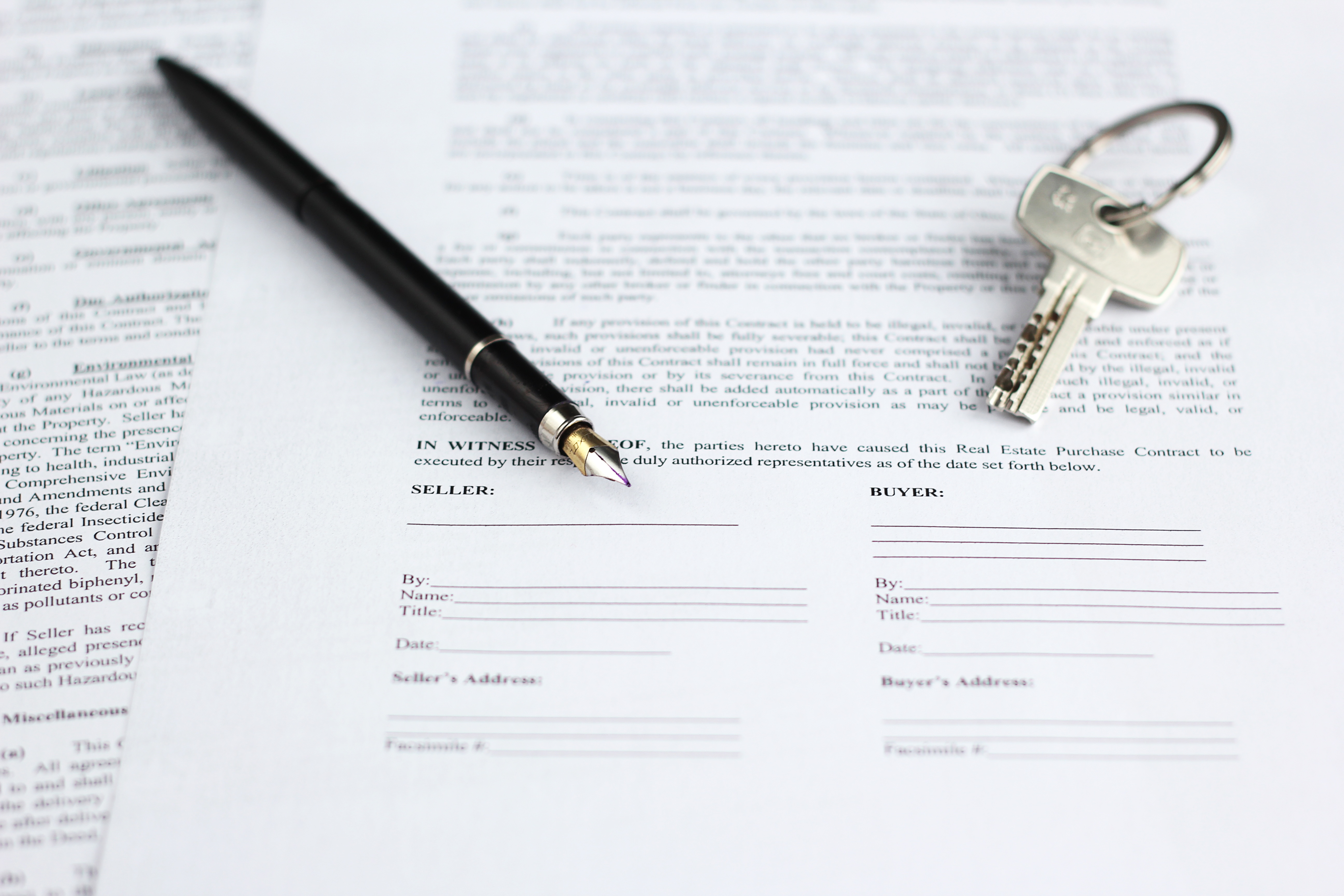 Conveyance is the term used when property ownership is transferred from one party to another. It is also the name of the written document, a deed or a lease, which transfers legal title. As such, it is a contract that legally binds all signers to its provisions.
Conveyance is the term used when property ownership is transferred from one party to another. It is also the name of the written document, a deed or a lease, which transfers legal title. As such, it is a contract that legally binds all signers to its provisions.
A conveyance is also the document used to inform the prospective buyer of any restrictions on the property and guarantee a clean title in advance of the final sale.
A conveyance actually has multiple steps. Once you learn what they are you can understand some of those fees on the closing documents. A great deal of time and labor can go into gathering, examining, and clearing all the paperwork required in the transfer of real estate in the modern age.
The first step actually occurs before contracts are exchanged. A draft of the potential sale must be created and a copy given to each party, after negotiations have begun, to look over and ask any questions or follow up any problems. When everything is satisfactory a proper offer is made.
The second step is the actual signing of the contract and delivery of funds for deposit. Final account verification is performed and the mortgage deed is provided for signing by the purchaser. This is the step home sellers and buyers generally dislike because it is where a large pile of papers must be signed.
The third step, the one that makes up for the drudgery of step two, is taking possession of the title deeds, paying the stamp duty, and placing the transfer of ownership in the official register. At this point all disputes have been resolved (hopefully), the property boundaries have been confirmed, and any outstanding liens or mortgages are taken care of.
A conveyance not only has steps, conveyance services have parts. Here is a simplified listing of the various services required in a conveyance:
- The title must be obtained and the abstract examined and reviewed.
- Municipal liens and tax information must be gotten from the city or town where the property is.
- A survey or plot plan must be provided and reviewed.
- The mortgage and lien payoff information must be reviewed.
- The loan documents must be prepared (this includes additional documents such as the HUD settlement statement).
- The proceeds must be received and maintained in a separate, safe account.
- Closing is completed.
- The documents must be recorded.
- The proceeds must then be delivered to pay off any outstanding mortgages and liens on the property.
- The proceeds are disbursed.
Now you know why buying and selling property is so complex and why it requires people who specialize in this endeavor, from realtors to lawyers to title companies and lenders to make everything go the way it should. If you are not yourself an expert in the vagaries of real estate law and conveyances, do some risk mitigation and enlist the right help.
* Image courtesy of FreeDigitalPhotos.net




















